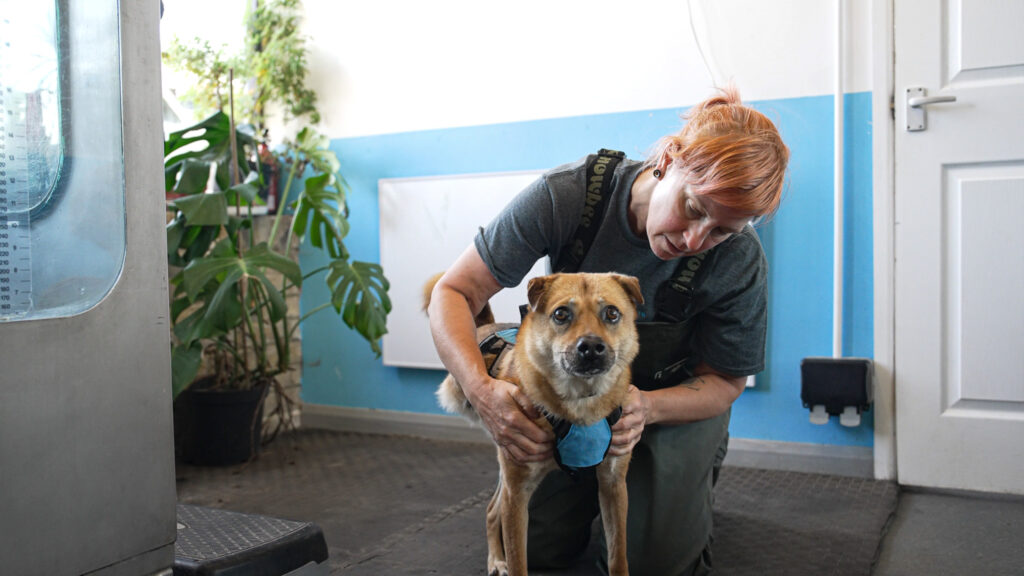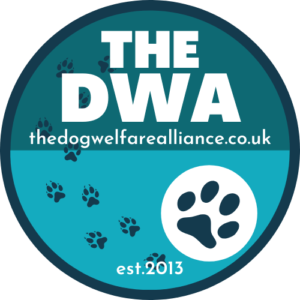How Physiotherapy Can Help Young Dogs with Hip Dysplasia
Starting early management for your young dog with hip dysplasia can help your dog for the future
Being told your young dog has hip dysplasia can feel overwhelming. It can be heartbreaking to see your young dog limping, slowing down, or avoiding play. Most people think hip dysplasia is only a condition that affects older dogs, but in reality, it begins at puppyhood. Signs of hip dysplasia can begin presenting as early as 4-6 months old, when the hips are still developing, especially in larger dog breeds. When diagnosed later on in life, usually secondary arthritic changes have occurred therefore early screening for hip dysplasia is crucial to manage the condition early and prevent the progression of osteoarthritis.
If your dog has been diagnosed with hip dysplasia young, there are effective ways to manage the condition and help your dog live a happy, active life. With the right support, your pup can grow up strong, mobile, and happy, doing all the things they love without fear or restriction.

What is hip dysplasia?
Hip dysplasia is a developmental condition where the ball and socket of the hip joint does not form properly. You may hear the words “subluxation” or “ ortolini positive”, this is veterinary language to describe a hip that has movement within the joint that is unstable. Because the ball and socket does not fit together as it should, the bones ultimately have friction due to the reduced smooth fitting which can cause pain, inflammation and even risk the joint becoming fully luxated (out of place).
- Over time, that abnormal movement causes:
- Wear and tear on the cartilage
- Degenerative arthritic changes
- Joint inflammation and pain
- Muscle weakness or compensatory movement patterns
- Strain on other joints compensating the load
While it’s often hereditary, it’s not a life sentence — especially if we catch it early.
But My Dog Isn’t Limping – Should I Still Do Rehab?
Yes. Many young dogs compensate beautifully in the early stages — running, playing, even jumping — while masking the underlying issue. But without intervention, they’ll eventually develop:
- Muscle imbalances
- Joint inflammation
- Secondary pain in the spine, knees, or other hips
- Early onset osteoarthritis
Rehab allows us to get ahead of the problem, not chase it later.
What Rehab for Hip Dysplasia Looks Like
Every plan is tailored to your individual dog — their breed, age, symptoms, lifestyle and stage of development. But here’s what a typical programme might include:
✔️ Strengthening Exercises
We target the glutes, core, and thigh muscles that support the hip joint, helping your dog stabilise themselves properly during movement.
✔️ Gait Re-Training
Young dogs often adapt their movement to avoid discomfort. We work gently to correct their walking and running patterns — preventing long-term joint strain.
✔️ Proprioception and Balance Work
These exercises help build joint awareness, so your dog learns how to move confidently and efficiently.
✔️ Hydrotherapy (if appropriate)
The underwater treadmill is a fantastic low-impact way to build strength without stressing the joints, while improving coordination and confidence.
✔️ Manual Therapy and Massage
To relieve any tension and support healthy soft tissue development around the hips.
Why Early Intervention Matters for Young Dogs
Puppies and adolescent dogs are still growing, which gives us a golden window of opportunity.
With targeted physiotherapy, we can:
- Encourage correct muscle development
- Improve joint stability through strengthening
- Reduce compensatory movement patterns before they become habits
- Slow or even prevent early-onset arthritis
- Support a more normal, pain-free lifestyle as they grow
Contact Us
- 07300 020 514
- bookings@apolloanimalphysio.com
- apolloanimalphysio@gmail.com
- Apollo Animal Physiotherapy, Old Haine Road, Ramsgate, CT12 5AG






